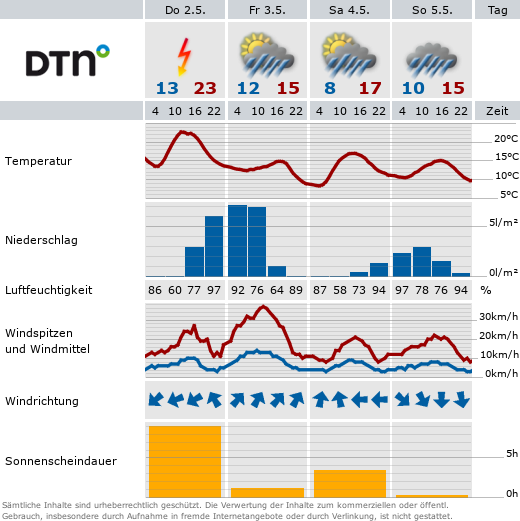Thesis defense of Eyüp Yalcin
- Defense
The optical orientation and spin dynamics of charge carriers in semiconductors, such as electrons or holes, are of importance in the development of spintronic devices. Currently, there is a great interest in establishing hybrid structures, where the combination of different materials leads to the emergence of new properties. Moreover, lead halide perovskite semiconductors represent a new material system for spintronics, where optical studies of spin dynamics are poorly investigated even in bulk single crystals.
In this work, time-integrated and time-resolved magneto-optical spectroscopy and single beam pump-probe methods are used at low temperatures to investigate the spin dynamics in the in three type of semiconductor systems.
First, long-range magnetic proximity effect is demonstrated in hybrid systems compris ing a semimetal (magnetite Fe3Ü4) or a dielectric (nickel ferrite NiFe2Ü4), paired with a CdTe quantum well separated by a nonmagnetic (Cd,Mg)Te barrier. The proximity effect is manifested as the ferromagnet-induced circular polarization of photoluminescence on acceptor-bound holes from the QW and shows an universal behavior. Additionally, it is demonstrated that electrons become slowly polarized indirectly, due to spin-dependent recombination.
Second, the spin dynamics of localized electrons in MoSe2-EuS hybrid structure is investigated. The spin dephasing of such electrons is determined by random effective magnetic fields arise from contact spin interactions, such as the hyperfine interaction with the nuclei in M0Se2 or the exchange interaction with the magnetic ions of the EuS film.
Finally, a high degree of optical orientation of 85 % is demonstrated in lead halide perovskite crystals (FA0_9Cso.1PbhsBro.2 and MAPbl3) which is attributed purely on selection rules for optical transitions and slow spin relaxation in crystals with spatial inversion symmetry.









